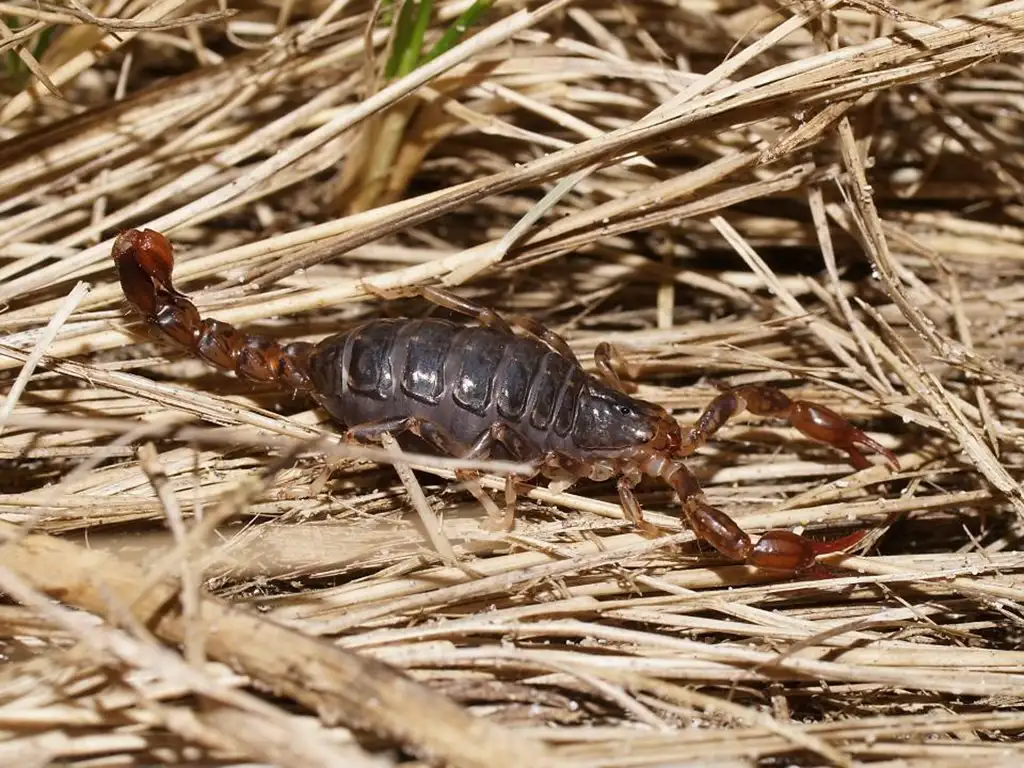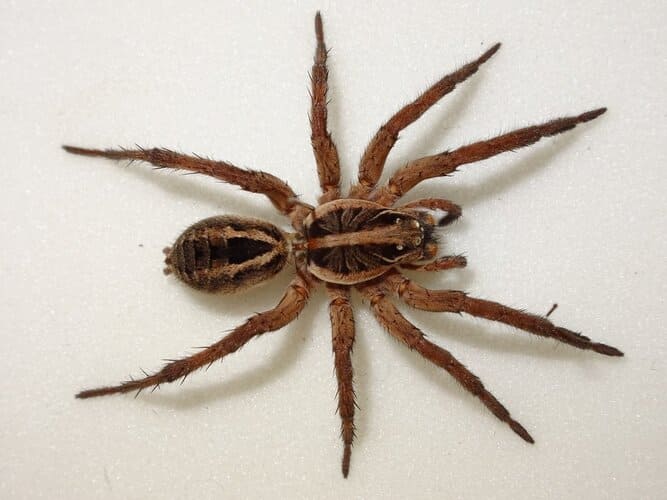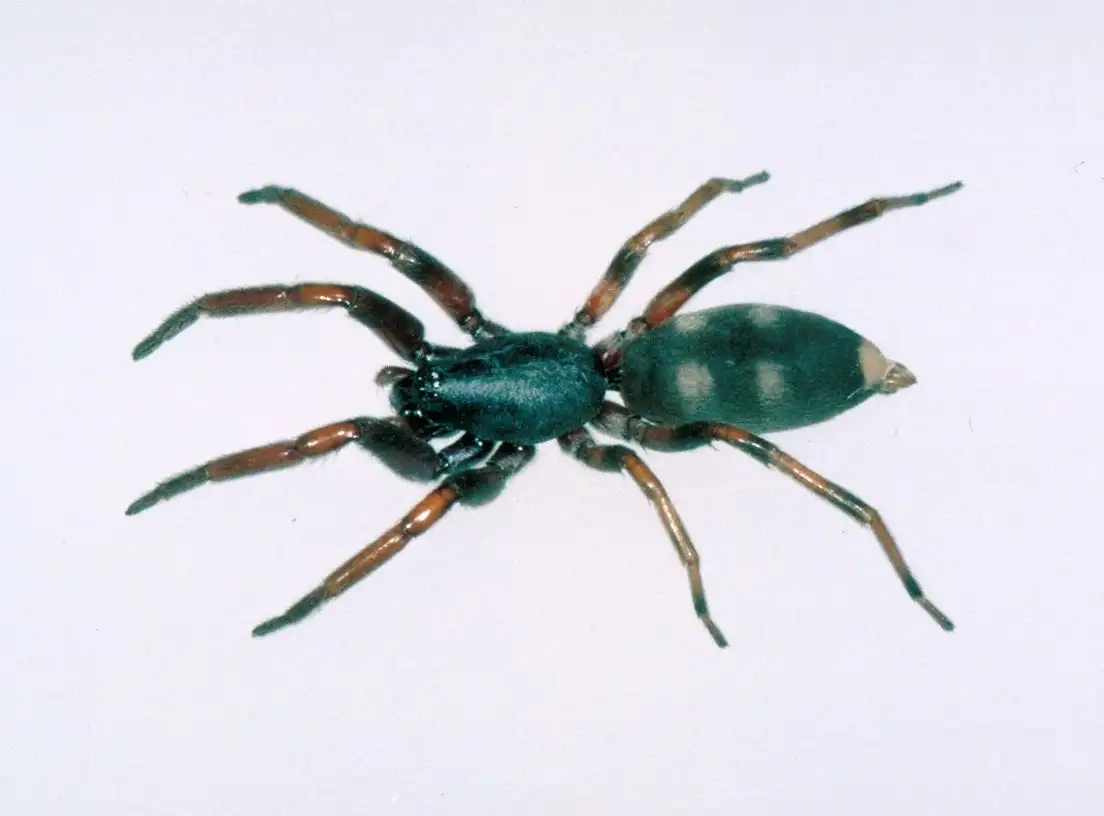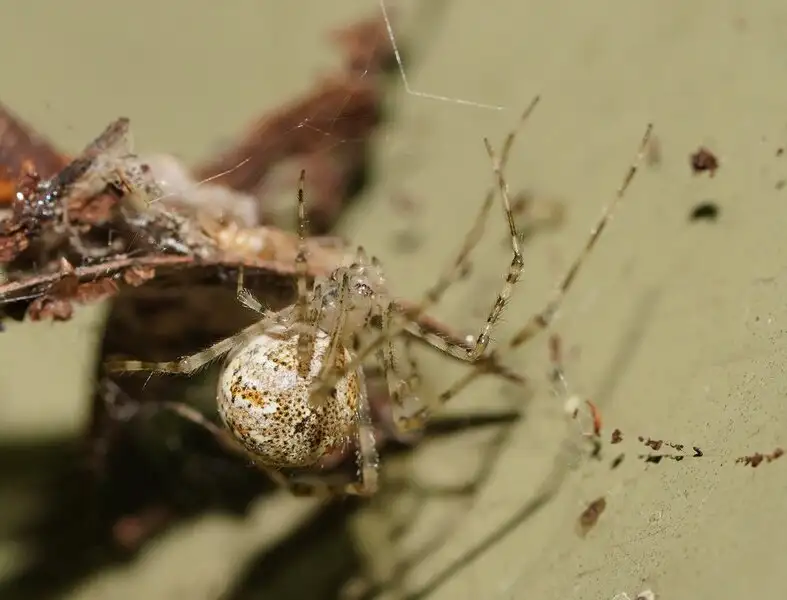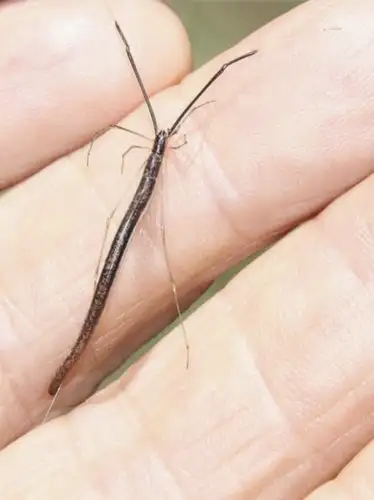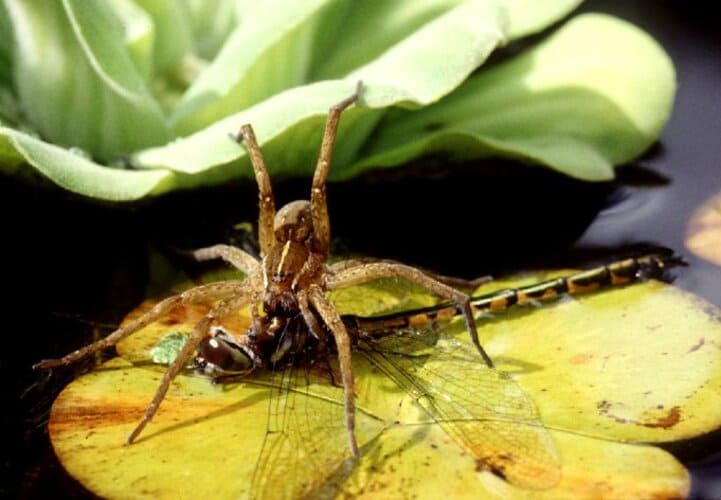Periplaneta americana
IUCN
LCBasic Information
Scientific classification
- name:Periplaneta americana
- Scientific Name:Periplaneta americana,Red cockroach, ship cockroach, cockroach
- Outline:Arthropoda
- Family:Insecta Blattata Periplaneta
Vital signs
- length:27-32mm
- Weight:About 1g
- lifetime:1-2years
Feature
Reddish brown, wings longer than the end of the abdomen, good at crawling, poor flying ability, a global health pest
Distribution and Habitat
The American cockroach is mainly a tropical and subtropical species, but its distribution extends to the northern temperate zone. In my country, this cockroach has been reported in Jilin, Liaoning, Hebei, Beijing, Inner Mongolia, Shandong, Henan, Jiangsu, Shanghai, Zhejiang, Fujian, Jiangxi, Hunan, Hubei, Guangdong, Guangxi, Hainan, Sichuan, Yunnan, Guizhou and Xinjiang. It is the dominant species in Guangdong, Guangxi, Hainan and the southern provinces of Fujian.
Appearance
The male body is 27-32mm long, the pronotum (length x width) is 6 x 9.5mm, the forewing is 26-32mm long, and the total length is 38-42mm. The female body is 28-32mm long, the pronotum (length x width) is 7 x 9.4mm, the forewing is 20-27mm long, and the total length is 38mm.
American cockroaches are medium-to-large insects. The back and abdomen are flat, oblong, reddish brown or brown, and the body color varies with the age of the insect. The body surface has an oily luster. The male and female insects are similar in shape, but the female body is slightly wider than the male. The whole insect body is divided into three parts: head, thorax, and abdomen. The head is small and hidden under the pronotum. Only a small part of the top of the head can be seen from the back of the insect body. Its neck can move freely forward, backward, left and right, so its mouthparts are not fixed lower mouth type, but can extend forward. There are a pair of simple eyes, compound eyes and antennae on the
Details
The American cockroach is scientifically named Periplaneta americana, and is the largest insect in the Blattidae family.
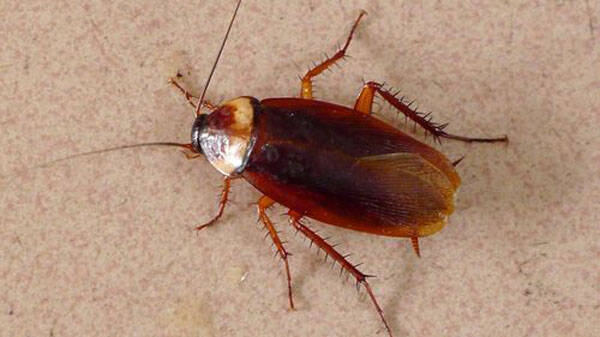
The American cockroach is an omnivorous insect that feeds on a wide range of food. It is not very selective about food, but it has some food that it prefers. The amount of food eaten by American cockroaches is proportional to the activity of their physiological activities. They eat the most in July, August and September, which is also the season when they reproduce most vigorously. American cockroaches are tolerant of hunger but not thirst. They can survive and move around without food for 5 consecutive days. If they are not given water for 5 consecutive days and only fed with dry food, most of them will die or be dormant. American cockroaches have a very important behavioral habit, that is, cannibalism. Even under the condition of sufficient food and drinking water supply, there are still frequent cannibalism phenomena, including eating eggs, eating skin molts, eating young nymphs and molting nymphs. Egg eating is more common. The remnants of eaten egg pods are often seen in the breeding tank, and the female insects holding egg pods in the tail are often chased and bitten by other adults. However, no cannibalism between nymphs or adults was found, so they can still gather together.
American cockroaches prefer dark and secluded environments. They hide in dark places such as cracks and corners during the day and come out at night. If you suddenly turn on the lights at night in the places where American cockroaches live, you can see them escaping everywhere. Therefore, when we raise American cockroaches, we put some folding cardboard and paper tubes in the breeding tank to block light and provide them with habitats. American cockroaches like to gather together, especially young nymphs often gather together, which may be related to the secreted pheromones. When they live, they often live in the lowest layer of the living space.
The total record of the time it takes for an insect to complete a generation and each stage is called a life history or life cycle. The life cycle (individual development process) of the American cockroach is divided into two stages: the first stage is the embryonic development period, which is completed in the egg, and the egg development period is about 43 to 56 days; the second stage is the post-embryonic development period, from hatching as a larva to the sexual maturity of the adult, which lasts about half a year and undergoes about ten molts. From larvae to adults, they must undergo a series of changes in external morphology, internal structure and living habits. The newly hatched individuals are called first-instar larvae, and each subsequent molt increases one instar, and the period between the two instars is called the instar period. The American cockroach belongs to the gradual metamorphosis insect. The morphology and living habits of the larvae and adults are similar, but the larvae's wings are not fully developed, and the reproductive organs are not yet mature. After each molt, its reproductive organs gradually develop and grow. The larvae of the gradual metamorphosis insect are called nymphs. Therefore, the life history of the American cockroach is divided into two stages: eggs, nymphs, and adults. Nymphs can mate soon after they develop into adults, and it takes about 1 day from mating to the production of egg pods. The life span of adults is 1 to 2 years.
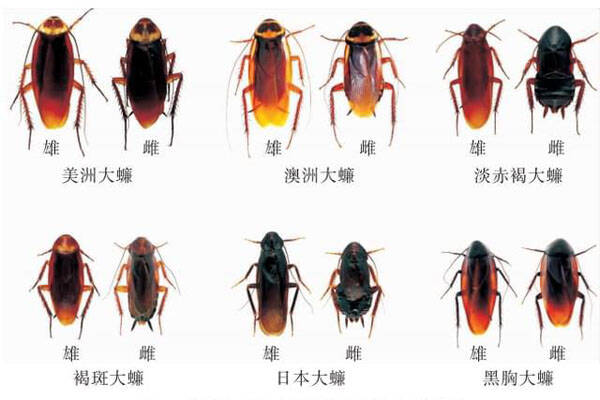
The egg sheath is white at the beginning, gradually turning brown to black. Each sheath contains 14 to 16 eggs, and the egg period is about 45 to 90 days (only 20 to 30 days in hot weather). Nymphs become adults after about 10 molts. The nymph period is about 1 year long, and only 4 to 5 months when the temperature is high and the food is abundant. Female insects lay eggs after 1 to 2 weeks of growth, and can produce 30 to 60 brood sheaths in their lifetime, up to 90. The life span of an adult is about 1 to 2 years, and it takes about 2 and a half years to complete one generation. When there are no males, females can produce unfertilized egg sheaths, some of which hatch into female nymphs. High temperatures are conducive to asexual reproduction. This insect is good at running and can also fly close to each other. However, compared with the strongest domestic cockroach, the German cockroach, the adult rate of American cockroach nymphs is not high, and they often die due to various reasons such as molting failure and being preyed upon by natural enemies, so the population will not be too large.
Nymphs can mate soon after they develop into adults. Courtship and mating are mostly carried out after 20 o'clock at night and before 3 o'clock in the morning. When courting, males are restless, moving around, and often crawling and flying. When encountering a female, they spread their wings, sometimes circle around the female for a few times, then crawl backwards and dock with the female's abdomen. The movements are fast. After docking, they stay in place and mate for up to 11 hours. During mating, the female's rear end is usually placed on the male's rear end, and the male's rear end is placed on the female's rear end. The male's antennae move up and down and left and right continuously, while the female does not move. When startled, the male usually drags the female away. After mating, the male and female insects separate and go their separate ways.
American cockroaches have a wide range of diets, like to eat sugar and starch, contaminate food, spread germs and parasites, and are global health pests.
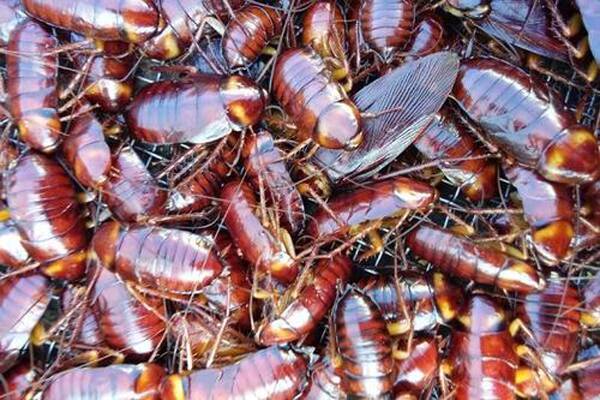
On April 14, 2022, Xiamen Customs intercepted about 2,000 live American cockroaches in an incoming empty container, which became the largest number of vectors intercepted by the customs in incoming empty containers in recent years.
Control methods: 1. The sewer is the main channel for cockroaches to enter the room. You can regularly pour boiling water into the sewer to scald the cockroaches parasitic in it and cover the water seal tightly. 2. Mix onions, flour, boric acid and cockroach killer together, then knead them into small balls with a diameter of about 1 cm by hand, soak them in milk for two or three hours, put them in an empty glass bottle, cover the bottle mouth with a piece of paper of moderate hardness and softness, tie it with a rubber band, and poke a small hole in the middle. Cockroaches come to smell the smell and can easily fall into the bottom of the bottle. 3. Cockroaches are afraid of cold and hide around household appliances such as TVs and refrigerators. These places can be used as key areas for cleaning and eliminating cockroaches. In addition, cockroaches also like humid environments. Try to keep the room dry and free of stagnant water, especially in the kitchen and bathroom.
Included in the fourth batch of the "List of Alien Invasive Species in China".

